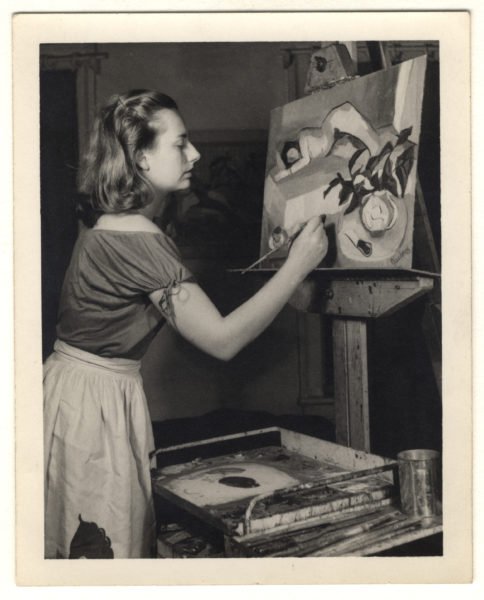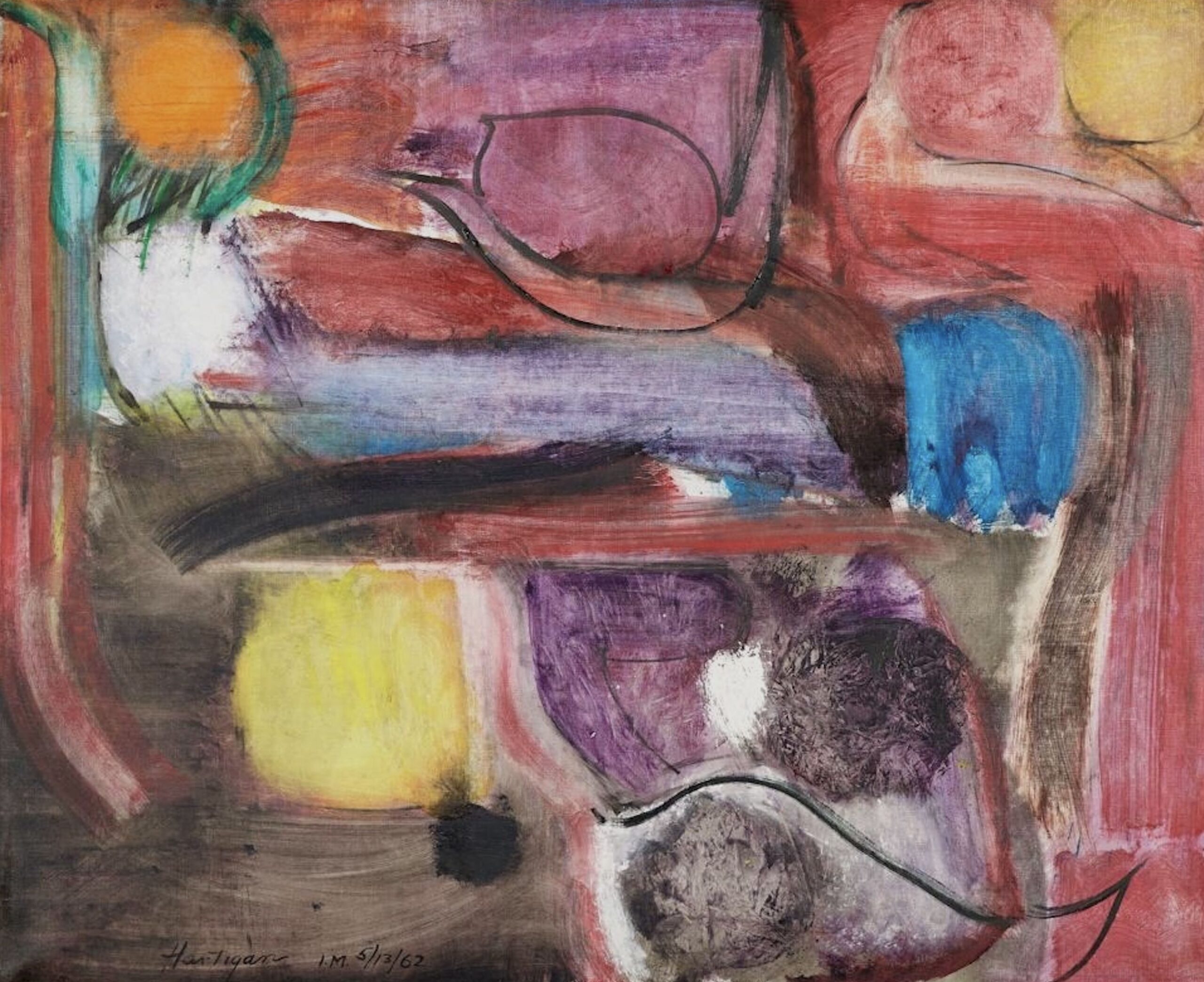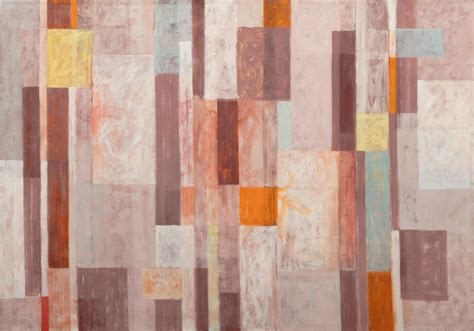I did not finish the book. It seemed an endless list of name dropping. I may get back to it.
It did not have a left perspective, that put me off.
I did gather some art the art (that I liked a lot) for the book
Grace Hartigan
Gabriel, Mary (2018). Ninth Street Women: Lee Krasner, Elaine de Kooning, Grace Hartigan, Joan Mitchell, and Helen Frankenthaler: Five Painters and the Movement That Changed Modern Art (Function). Kindle Edition.
Grace Hartigan

Montauk Highway. https://www.phillips.com/detail/grace-hartigan/NY010324/20

Untitled 1952. https://www.metmuseum.org/art/collection/search/499550




https://www.bonhams.com/auction/28225/lot/22/grace-hartigan-1922-2008-untitled-1957/
Modern Cycle, 1967, oil on canvas, 78 1⁄2 x 108 1⁄2 in. (199.4 x 275.6 cm), Smithsonian American Art Museum, Gift of Mr. and Mrs. David K. Anderson, Martha Jackson Memorial Collection, 1980.137.3
Lee Krasner
Just read that chapter.
I’m enjoying the book, and there’s something coming up in these early chapters, which is about the beginning of the Second World War, and I can see how there’s an incredible dilemma happening in America, in New York, in the art scene, on the one hand.
On the one hand, there was Stalinist, so impossible example of socialism. On the other hand, there was fascism. On the other hand, there was American liberalism. There wasn’t a lot to choose from. And, as I understand it, all these wonderful programs that were created for artists were actually part of the CIA plan to prevent some sort of socialist art movement from flourishing in America. Now, I love this expressionist form that developed, but what could have developed that was not propaganda-ish. We’ll never really know.

Lee Krasner participated in the 9th Street Art Exhibition held from May 21 to June 10, 1951, in New York City. This exhibition, often referred to as the “Ninth Street Show,” was a seminal event in the emergence of Abstract Expressionism and featured works by numerous artists, including Krasner.
While the specific painting Krasner exhibited at the show is not definitively documented in available sources, it is likely that she presented a piece from her “Little Image” series. This series, developed between 1946 and 1949, is characterized by intricate, mosaic-like compositions with dense, all-over patterns. These works marked a significant phase in her artistic development and were pivotal in establishing her reputation within the Abstract Expressionist movement.
For a more detailed account of the artworks displayed at the Ninth Street Show, including Krasner’s contribution, consulting exhibition archives or catalogs from that period may provide further insights.

